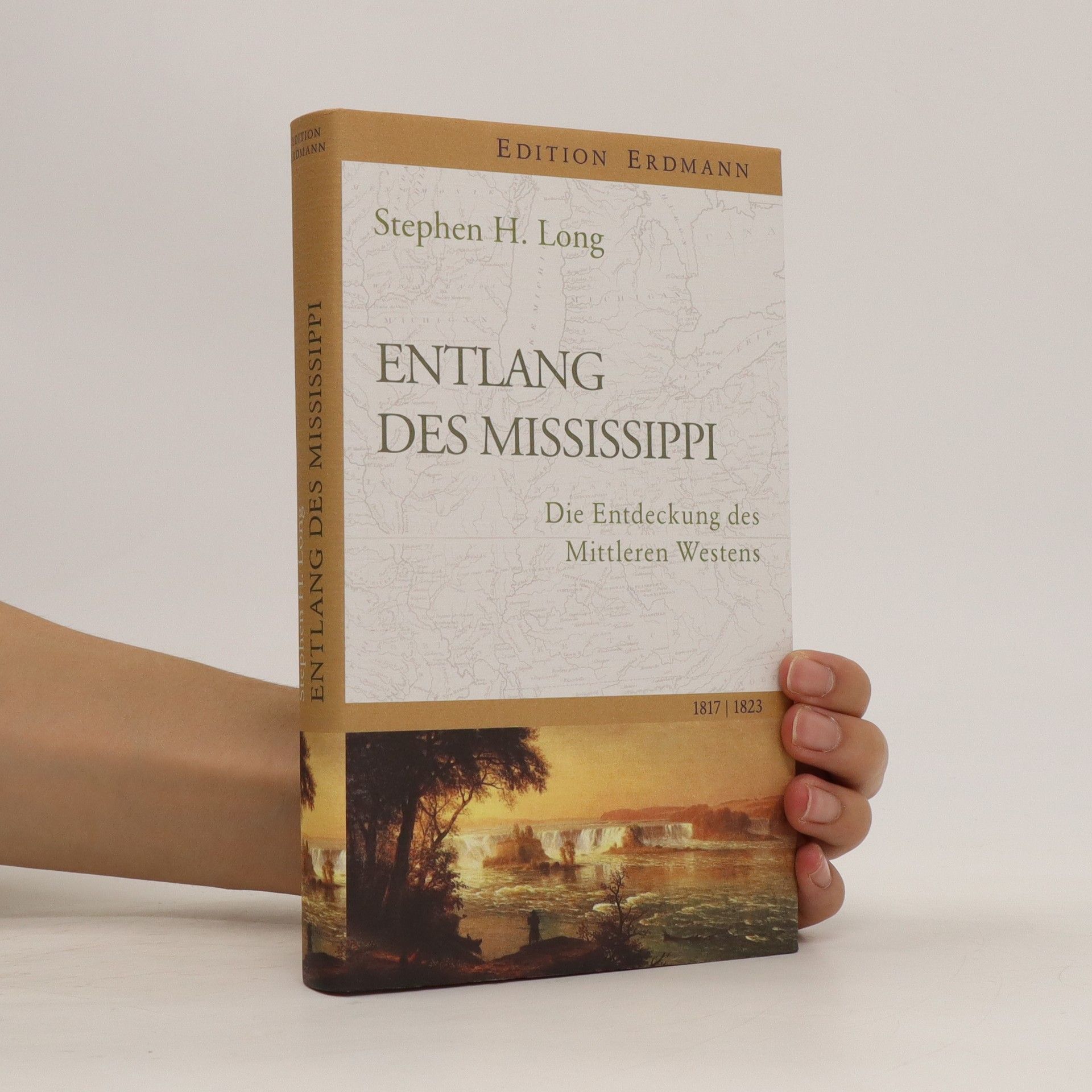Voyage in a Six-Oared Skiff to the Falls of Saint Anthony in 1817.
- 86pages
- 4 heures de lecture
The book offers a detailed account of a journey to the Falls of Saint Anthony in 1817, reflecting the era's exploration and discovery. It is part of a larger collection, Sabin Americana, which chronicles over 400 years of life in the Americas, from European arrival to the early 20th century. This collection includes diverse documents such as political tracts, sermons, and maps, providing insights into society, politics, and culture of the time. High-quality digital scans make these historical works accessible for research and education.

